Stroom Invest interviews / artist Mickey Yang
Mickey Yang makes installations in which she uses images and objects from our collective memory. She is interested in the visual language of things and uses different media and materials to create an interplay between the real world, the artificial world and our collective memory.
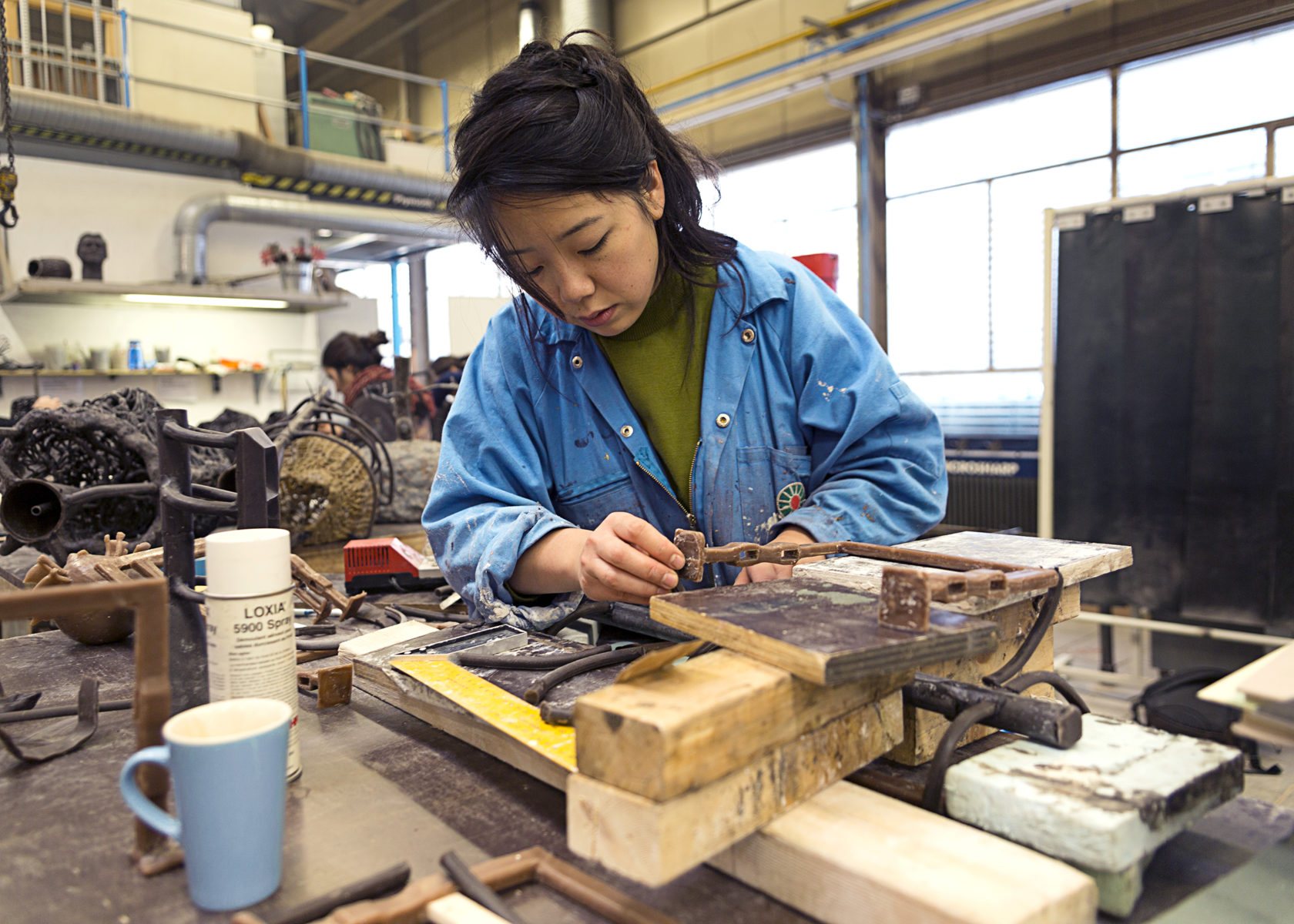
You have made a switch from graphic design to fine arts. How come?
I firstly studied media and graphic design in Arnhem, but I didn’t really like the manipulation in visual culture. The problem for me was that in design you create an identity based on how you want to be seen instead of what you really are.
Is it about authenticity? Can you be more authentic as an artist than as a designer?
As an artist, you are able to question things. I like to use the surface and to transform the uniformity of things into multiple layers. I slowly started to learn more about art when I was visiting exhibitions. What I saw made me really angry sometimes, because I didn’t understand it. But I got some lessons about art during my study and then I became so interested in art that I wanted to focus on that.
So it was during your study that you firstly realized something like art existed?
Yes, I was very late. I grew up near Eindhoven and the first museum I visited was Van Abbemuseum. The exhibition I saw was very politically engaged, so I thought art was like that. Later, I visited a Sophie Calle exhibition at Museum De Pont and that was the moment that I really got intrigued by art. It was an overwhelming experience. I felt like a floating cloud and I didn’t know what it was. It was really powerful. I wanted to know more about it. It was a totally new way of thinking for me. Then I decided to quit the Graphic Design department in Arnhem. After visiting several academies, I chose Fine Arts at KABK in The Hague. I expected to become a painter, but in the second year I chose for sculpture and ended at Autonomous Art making installations.
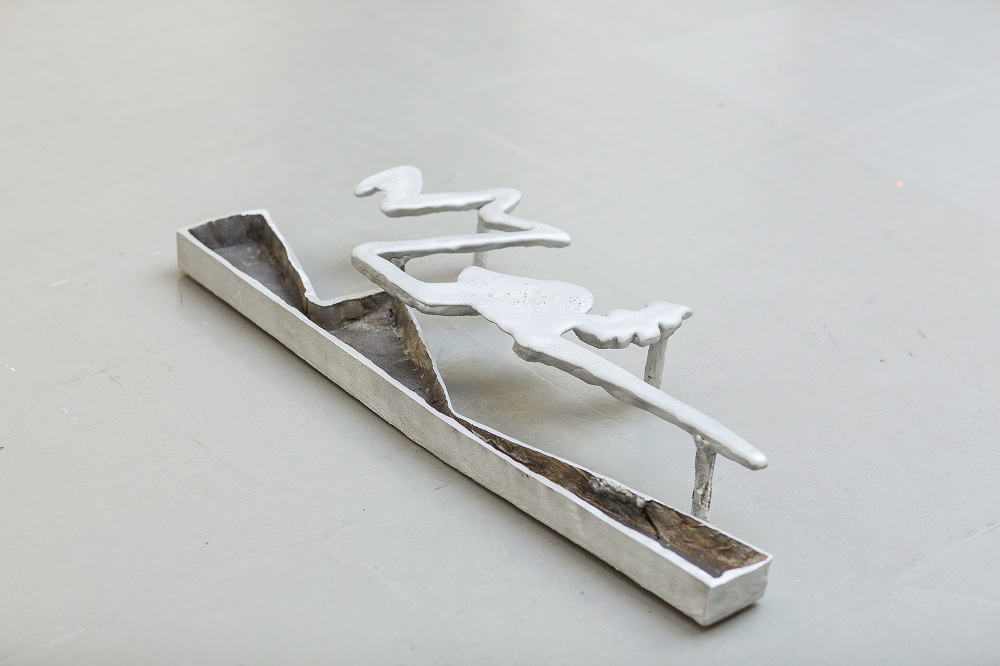
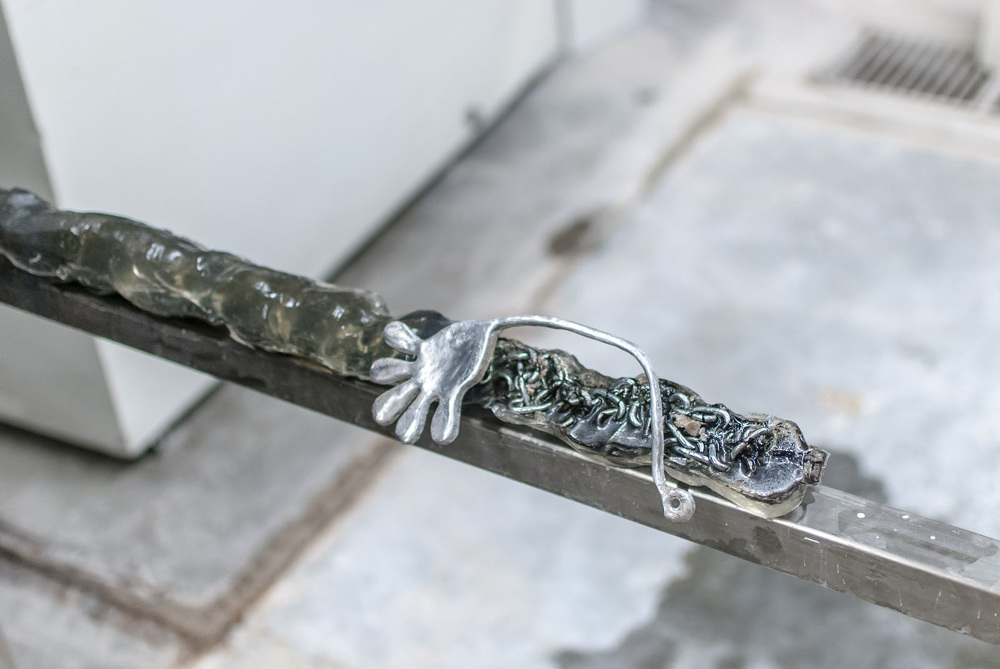
You address the identity issue within your work? Can you explain how identity and your art relate to each other?
It is about representation and about how we think we know certain identities. At the academy, I wrote my thesis about the clown, which is of course a stereotype. But a clown can be much more. I like to understand how visual culture works and how it manipulates us. I want to expose these phenomenon in my work. I want to bring back sincerity and innocence, which is strange because my work is sometimes based on fiction. Sometimes I get tired of certain ideas that we see as identities because of how media use it. I get exhausted by the daily news, films and popular culture. In my work I try to change the way to look at things. I also use film in my work sometimes, but I don’t want to force my view on others. I just like to create layers of how things could be seen. I want to break things open.
At Unfair I used the construction of a camera obscura. I wanted to present the emergency room of a hospital, a space you normally can’t visit as an outsider. I only know it from films and television, so the installation became a representation of a representation. I wanted to change the virtual idea of such a space into a physical one.
What did you hope the viewer would experience in this space?
Well, I guess I wanted to show the poetry of it. But also the friction. Some visitors behaved quit aggressively within this installation. That’s okay, but I didn’t expect that.
Do you want to create a dialogue with your audience?
Yes, but indirectly. I don’t like explaining works. During my last presentation at This Art Fair, I felt like I had to explain too much. That didn’t work for me. My work appeared to be too fragmented. It was too much and therefore nothing. The environment wasn’t right for my work. An Art Fair is about selling art works, so the audience was not very into my presentation. I wanted to create a large skeleton that was coming out of the wall, to leave the space again in the floor and coming back somewhere else. But the space was too small and the cardboard walls were too fragile, so I had to fix all sorts of technical problems. That was not very practical.
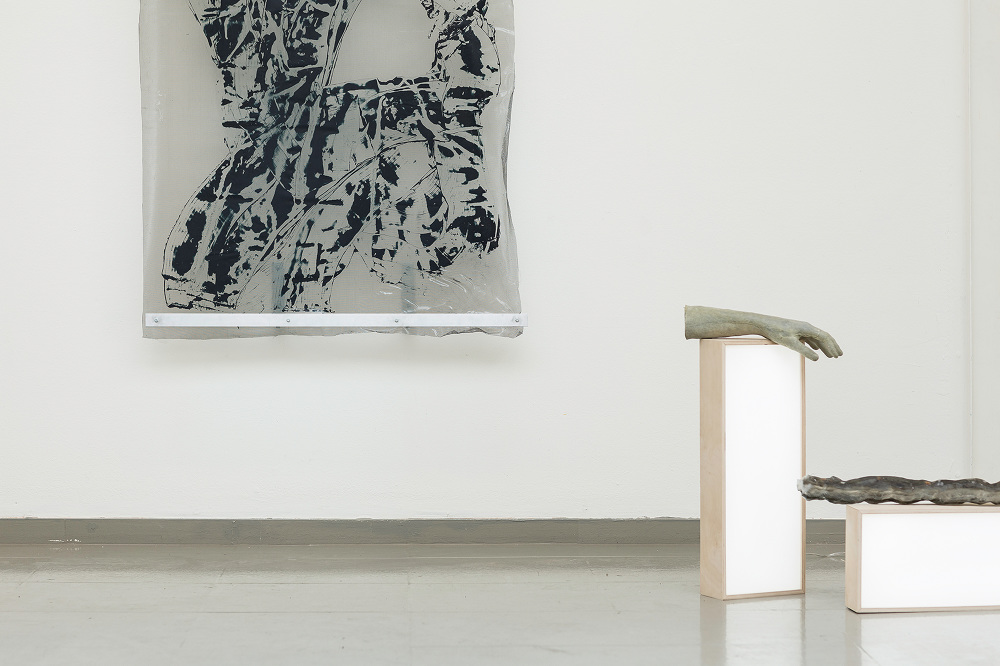
You do a lot of presentations on different platforms. How do you decide what to do and what not to do?
Someone told me there are three aspects you can strive for: opportunity, fun or money. When you have two out of three, you should do it. Otherwise not. Up to now, I’ve always had very nice offers. The best invitations come from initiatives that are dedicated to art like Unfair and P/////akt. What you invest in your art, you then also get back from the people whom are part of these initiatives. I like nice organizations where they trust you and give you opportunity to experiment. I am more focused on the process of making, than on selling.
Is that why you use a lot of simple or low quality materials? Materials that won’t last?
It is also because I studied autonomous art and didn’t learn any basic production techniques. And I still like this do-it-yourself way of working, because the results are unpredictable. After the academy, I did a residency at Beeldenstorm in Eindhoven to work with molds and more high quality materials like aluminium, bronze glass and epoxy. I have been experimenting with them and it changed my work.
In what way?
The work became less playful. I suddenly felt like a serious artist. With these materials come certain expectations. Like you have to be like a professional. The people I was working with were like designers. They were super clean and knew what to do and they already knew what the result would look like. I sometimes felt a bit misunderstood.
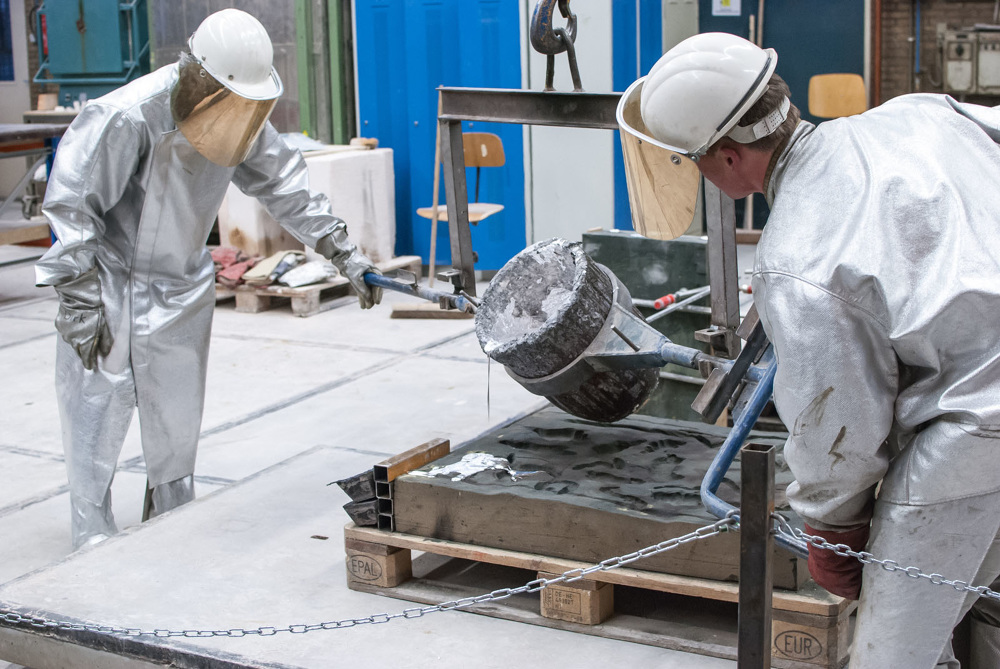
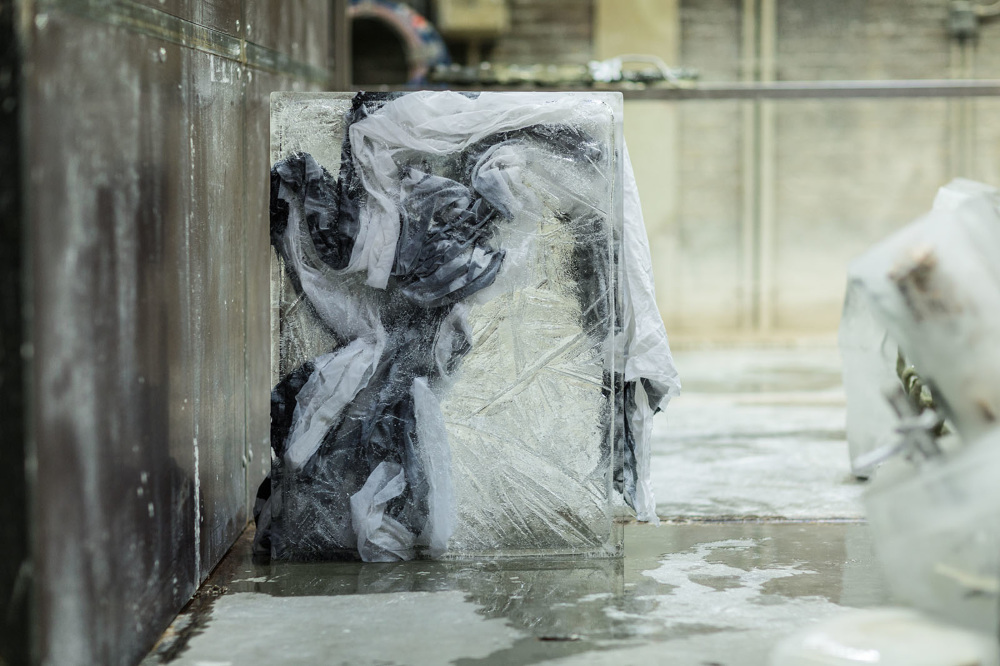
A lot of your works are the result of experiments with materials, right? When do these playful studies grow into an artwork? Can you define or describe that moment?
When I fall in love with them. That sounds silly, I know. But I want to be surprised by my work. I see them as characters and if I like the character, it is OK.
The work is not a representation of you but something or someone else?
Yeah, I don’t want my work to become too personal.
But you want to fall in love with it! Is it you imaginary friend?
Eeeeh… (pause) that’s difficult. No, it is not my imaginary friend. It can also be a demon that I am fighting against, but it is out there and open for interpretations by everyone.
And when does it fail to be an artwork?
Sometimes, when I get feedback.
Did you then misjudge the situation?
I think so, yes. I am almost never sure about the works.
Do you have to make exhibitions to find out?
Yes. But I don’t like to repeat myself, so I am always reinventing the wheel. That is also part of the struggle that I have. But my work must be experienced to exist.
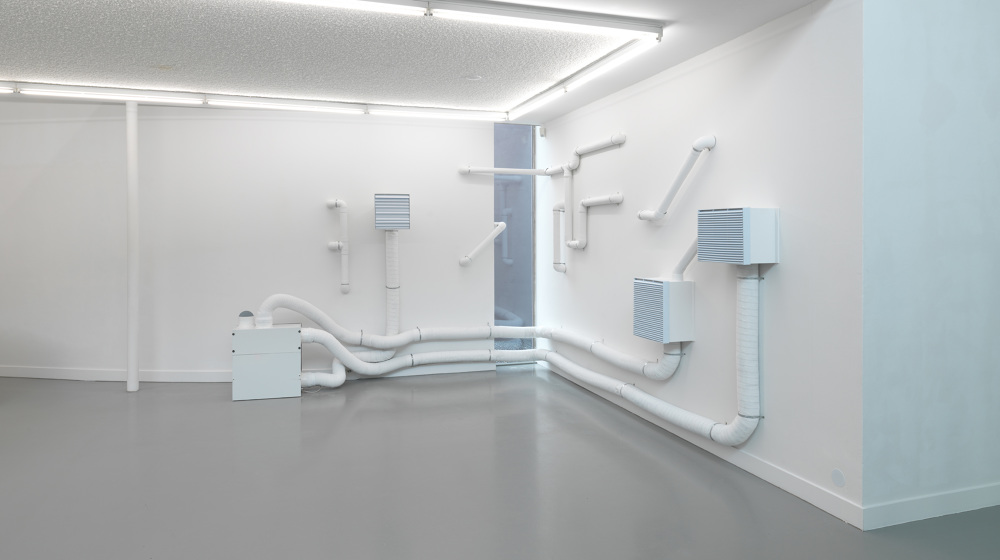
How important is the documentation of your work for you?
It is very important, because after breaking down an exhibition my work doesn’t exist anymore. It seems almost impossible to show it again at a different venue. But I was never asked to, so I don’t really know. It is also difficult to store my work. If I would keep all my stuff in my studio, I couldn’t work there anymore. So most of it will end up in the garbage after a while. But every exhibition is quite an investment, so it feels like wasted money, in a way. I have thought about storing it elsewhere, like digging it into the ground or something.
What about selling the parts?
Yeah, maybe I should be more practical. But it is difficult to document installations because then you are forced to show your own perspective on the situation. One just has to be there, to experience it. That is the problem with installations.
You are the director over the situation and have to find some construction to organize your work.
Yes, that’s not so bad. Sometimes I feel like a director.
Being a director is a very manipulative role. Just like a designer!
(laughs) I think there is a difference. What is nice about being a designer is that your work exists more in reality than fine arts. The way I think about imagery and use images is still more like a designer than an artist, because I do like the way manipulation works. How you can manipulate emotions? But art is not for selling purposes but it is about creating awareness. How to trigger emotions.
But that’s manipulative too!
Maybe I am a manipulator… I think I am a manipulator. Are you a manipulator?
Definitely!
I think I am a friendly manipulator. I try to be playful and not to force people into things.
I read you want your work to be non-pretentious. But art in itself is quit pretentious, don’t you think?
Yeah. Like my first experiences with art, when I felt so stupid because I didn’t understand it. If I didn’t push through this stage, I would probably not care about art at all. I really like it when art is able to fascinate and play with your imagination.
That’s why you make work that is open. But a lot of people are not very open to art. They think it’s pretentious.
That’s true. It is also about how you talk about it. When you talk very theoretical about art and add philosophy to it, it is very difficult to see what the work really is. It is nice when you can relate art to daily life.
What art do you fear?
Oh, that’s a good question. But difficult to answer. Maybe I have seen too much. Sometimes, when I look at art, my head gets toasted. Then I cannot stop thinking about it. It goes on and on. Then I get too deep into the work. Maybe that’s the work that I fear. Maybe the clown installations by Ugo Rondinone is the art that I fear.
Who is the most interesting living person you know?
…….eeehm …… Quincy Jones! I saw a documentary about him. I admire his lust for life. He is very inspiring, energetic and optimistic about the world.
Do you like curators?
I find it difficult to talk to curators. There is always a distance and the conversation is often about first impressions. And when you miss the first click, the conversation often gets lost. I really like to talk to other artists or tutors. There is more of a relationship in between. But I hope to learn from the studio visits during the Invest Week. And to get new opportunities. But critical feedback would be nice. It is nice to have some reflection on my work, because it is four years that I graduated. Sometimes I feel like I am standing still. I want to strengthen the foundation on which my work is based. I hope the Invest Week helps in that sense.
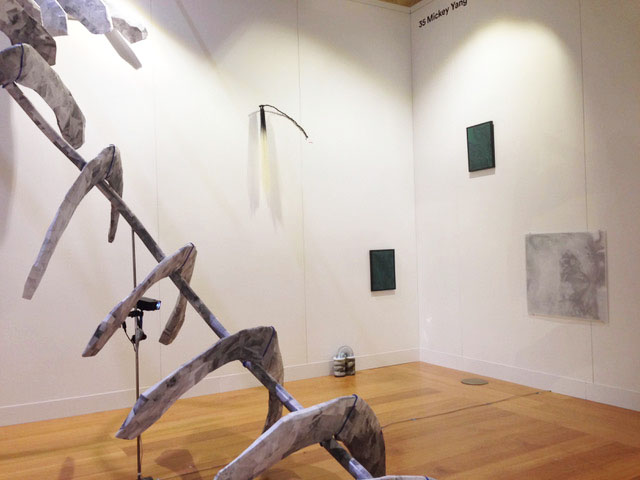
Can you imagine what your work will be like in five years.
More stable, more grounded and more focused, I hope. I now work in too many different directions.
Can you imagine a life without art?
I try to. When I am not working in my studio or in my side jobs, I don’t know what my life would look like. I often go to museums in spare time and visit exhibitions. I sometimes wonder what my hobbies would be when there was no art. Going to the gym, drinking in the weekends and dancing? I have no idea.
Most people are able to live without art, why not you?
I really need art to put things into perspective. Art comes most close to religious experiences or falling in love or caring about things. I would probably feel completely numb without it. I think it would feel like being beaten up. And I think life would feel much more heavy to me. Art makes me more sensitive and lifts the weight of my shoulders.
How would you describe your current state of mind?
I feel like a tornado. I almost have all ingredients for my new show at P/////akt, but they are not yet in the right place, so it is kind of muddy now. I hope to get some clearance this week, so that I can start to make the physical works. The new work will be inspired on mimicry, the natural strategy to survive by adjusting your appearance to your surroundings. Animals that copy the visual appearance from others as a camouflage.
Your work is often related to the animal world, isn’t it?
More to nature in general, I think. Although, instead of art objects I do have a lot of animals stuff at home.
How would you describe the art scene in The Hague?
Warm and open, collegial and inspiring. There is a nice mix of everything. Larger museums, smaller spaces and initiatives. The art scene is quit big. When I bring friends from out of town, they are always surprised about the warm welcome and the generosity they receive when we visit spaces together. That is quite rare, I think.
So you will stay here for a while?
Yes, I can’t imagine to live anywhere else.
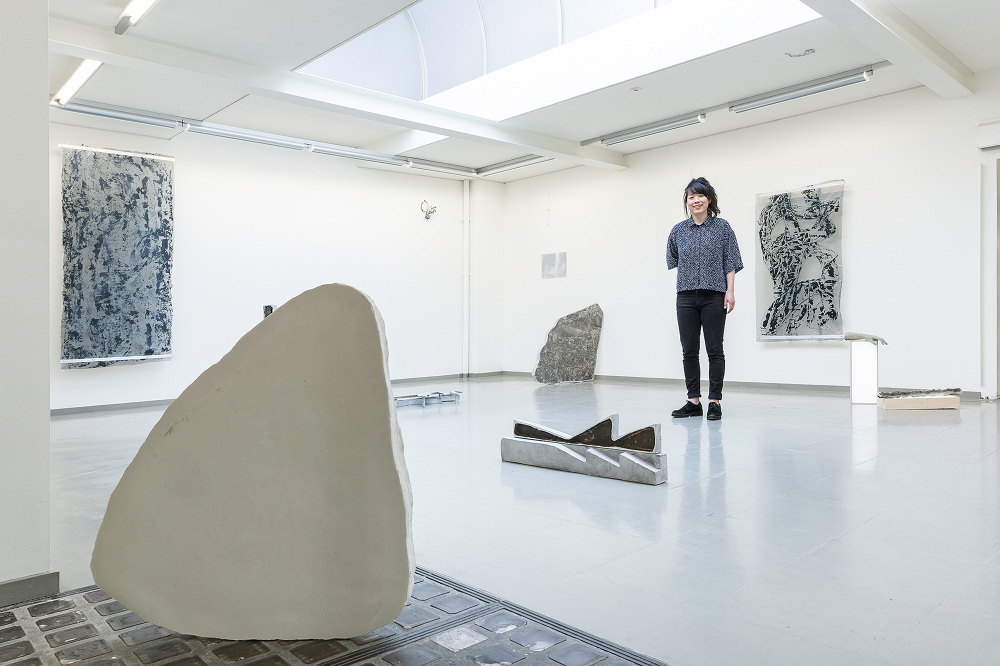
—————————————–
In a collaboration between Jegens & Tevens and Stroom Den Haag a series of interviews will be published with (inter)national curators, artists and critics participating in Stroom’s Invest Week 2019.
The Invest Week is an annual 4-day program for artists who were granted the PRO Invest subsidy. This subsidy supports young artists based in The Hague in the development of their artistic practice and is aimed to keep artists and graduates of the art academy in the city of The Hague. In order to give the artists an extra incentive, Stroom organizes this week that consists of a public evening of talks, a program of studio visits, presentations and a number of informal meetings. The intent is to broaden the visibility of artists from The Hague through future exhibitions, presentations and exchange programs. The Invest Week 2019 will take place from 17 to 21 June.